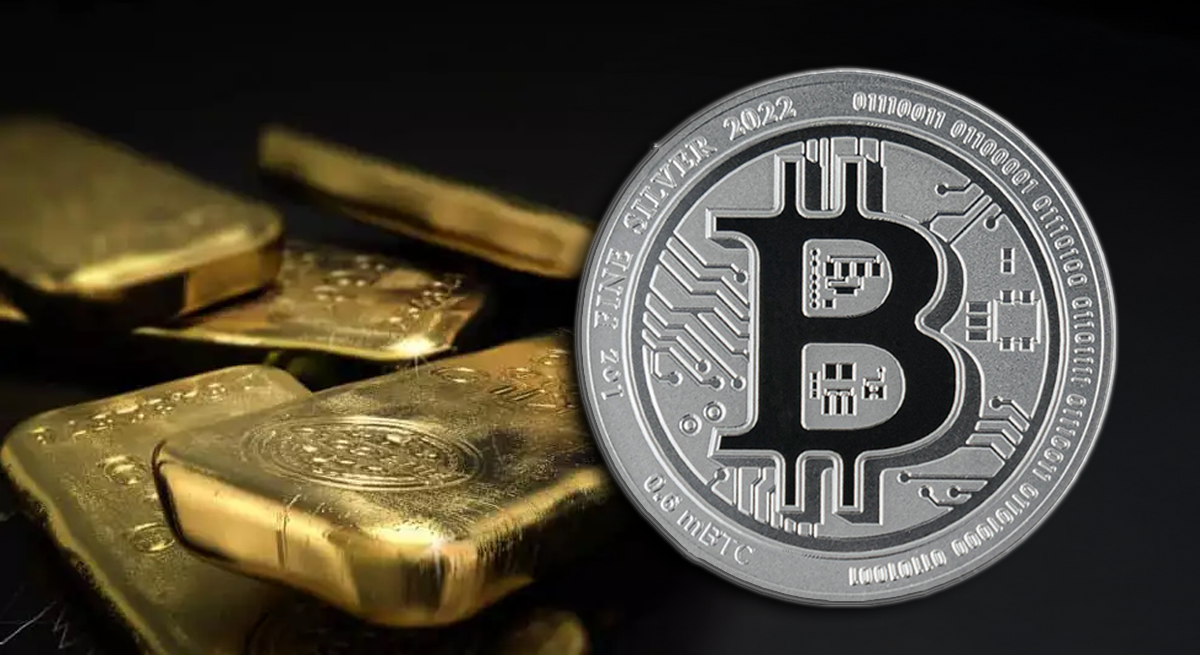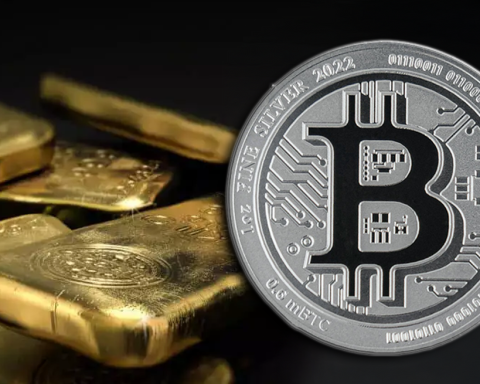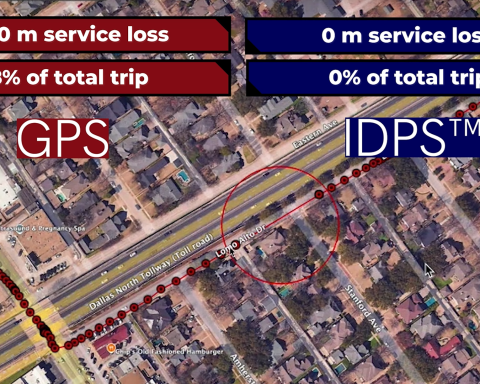- Gold just crossed $4,000/oz for the first time on October 8, 2025, hitting ~$4,050 spot as safe‑haven demand, expectations of Fed cuts, and a softer dollar drove a surge. Reuters
- U.S. gold futures also topped $4,000 a day earlier, underscoring the momentum behind the move. Reuters
- Silver joined the party, briefly touching record territory near $50 as the precious‑metals bid broadened. Barron’s
- Bitcoin set a new all‑time high above $125,000 on October 5, 2025, placing it near record levels as gold broke out. Reuters
- Central banks remain a key pillar of gold demand, with net purchases continuing in 2025 (e.g., +19t in August) after back‑to‑back >1,000‑tonne years in 2022–2024. World Gold Council
- Gold ETF demand has re‑accelerated in 2025, with fresh inflows in multiple regions as prices climbed. World Gold Council
- Spot Bitcoin ETFs are a major new demand channel: BlackRock’s IBIT is nearing $100B AUM, with billions in recent weekly inflows across U.S. spot products. Financial Times
- The “debasement trade” narrative—flight from fiat into scarce, non‑printable assets—has gone mainstream in financial coverage this week. The Guardian
- Historically, gold has been inversely linked to real yields, although since 2022 additional factors (risk hedging, official sector buying) have often overpowered that relationship. World Gold Council
- Bitcoin’s correlation with gold is usually low (around zero), but it can tighten in macro‑driven regimes; investor interest in combined exposure (e.g., BOLD‑style products) has been rising. Kaiko Research
- Post‑halving supply dynamics are now in effect for BTC: the April 2024 halving cut block rewards to 3.125 BTC (~450 BTC/day). Reuters
In‑depth report
1) What $4,000 gold is signaling about the macro
A round‑number print like $4,000/oz is not just a milestone; it’s a macro signal. The immediate catalysts cited across desks—Fed‑cut expectations, safe‑haven demand, a weakening dollar—all point to an environment where scarce assets tend to out‑perform. In the last leg of the move, gold’s jump was accompanied by fresh ETF inflows and resilient official‑sector buying, reinforcing that the bid isn’t only speculative futures positioning. Reuters
Historically, lower real yields support gold; yet since 2022, other drivers—risk hedging and central‑bank diversification—have often dominated, a shift that helps explain why gold has marched higher even as real rates were elevated. That’s critical context for Bitcoin: the same macro hedge impulses pushing gold to $4,000 can spill over to digital scarcity. World Gold Council
At a narrative level, mainstream outlets now describe a broad “debasement trade”—flows into gold, Bitcoin, and even select equities as investors hedge fiscal and currency risks. That zeitgeist matters: narratives pull capital. The Guardian
2) Transmission channels from $4k gold to Bitcoin
A) Macro cue → cross‑asset flows
When gold breaks to new highs on Fed‑easing expectations and a softer dollar, Bitcoin historically benefits from the same tailwinds. This week’s price action tracks that logic: BTC printed an ATH above $125k just before gold vaulted $4k, and coverage has repeatedly linked crypto strength in part to dollar weakness. Reuters
B) “Store‑of‑value” spillover
Gold’s record validates the scarcity hedge trade. Asset allocators who traditionally leaned only on bullion are increasingly exploring a split gold/Bitcoin sleeve, helped by new investable wrappers. Kaiko’s recent research documented growing demand for combined exposure and the emergence of indices/ETPs that blend the two. Kaiko
C) ETF plumbing now exists for BTC
In 2024–2025, Bitcoin’s access problem largely disappeared: U.S. spot ETFs provide friction‑less exposure within brokerage and advisory channels. This week alone saw >$1B net inflows in a day across U.S. products; IBIT is approaching $100B AUM, making Bitcoin exposure institutional‑grade in scale and liquidity. When a proven macro hedge (gold) rips, CIOs can now express the adjacent “digital gold” bet with a single click—something that simply wasn’t possible in prior cycles. CoinDesk
D) Portfolio construction math
Because BTC–gold correlation is typically low, adding Bitcoin to a gold‑heavy “hard assets” sleeve can improve diversification while preserving the inflation‑hedge thesis. That makes a stronger case for incremental allocation when gold leads markets. Kaiko Research
E) Supply discipline vs. demand spikes
On the supply side, Bitcoin’s April 2024 halving reduced issuance to ~450 BTC/day. If the “debasement trade” widens and ETF demand persists, the price elasticity of supply works in BTC’s favor: fewer new coins versus more potential buyers. BlackRock
3) Why this cycle is different for Bitcoin
- Institutional rails: Bitcoin’s ETF and futures ecosystems now resemble gold’s in accessibility and liquidity, enabling fast, scalable inflows when macro signals flash “buy scarcity.” Bloomberg
- Persistent official‑sector gold demand: Central banks have now delivered three consecutive years of >1,000‑tonne gold purchases (2022–2024), reinforcing a multi‑year reserve‑diversification trend that legitimizes the scarcity hedge narrative more broadly. While central banks aren’t buying BTC, their actions underpin the macro rationale investors also cite for Bitcoin. World Gold Council
- Softer USD as a tailwind: Several analyses and desk notes this year point to the weaker dollar as a support for both gold and BTC; the $4k gold print arrived alongside such commentary. Reuters
4) What could happen next (scenarios)
If gold holds above $4,000:
- Expect continued institutional participation in BTC via ETFs, especially if real‑yield expectations roll over and the dollar remains soft. Watch for consecutive $1B+ ETF‑inflow days and IBIT topping $100B AUM as confirmation. CoinDesk
If gold mean‑reverts below $4,000:
- Bitcoin can still decouple, but flows likely cool near‑term. Given low BTC–gold correlation, a reversal in metals doesn’t automatically imply a BTC drawdown—yet the scarcity‑trade narrative would lose some momentum. Kaiko Research
5) Risks & rebuttals
- Correlation is regime‑dependent: Over the last two years, BTC–gold correlation has oscillated between roughly –0.3 and +0.3, so do not rely on a tight lockstep. Kaiko Research
- Risk‑off shocks can diverge outcomes: A geopolitical or liquidity shock can push gold up while crypto sells off (margin calls, deleveraging), even if both are inflation hedges on longer horizons. (Inference based on cross‑asset behavior; see safe‑haven drivers noted in gold coverage.) Reuters
- ETF flow sensitivity: U.S. spot BTC ETFs turbocharge upside and amplify reversal risk—large outflows can pressure price, just as big inflows have supported new highs. CoinDesk
6) A quick “signal checklist” for the weeks ahead
- Real‑yield trend (10‑year TIPS): sustained declines would validate gold’s and BTC’s macro tailwind. (Background on the gold/real‑yield link.) World Gold Council
- Dollar Index (DXY): continued softness historically coincides with stronger BTC/gold. Reuters
- Gold ETF flows & holdings: persistent inflows would confirm that the scarcity hedge bid is broadening. World Gold Council
- U.S. spot BTC‑ETF net flows & IBIT AUM: look for streaks of >$1B/day and the $100B milestone. CoinDesk
- BTC supply cadence (post‑halving): issuance is ~450 BTC/day, making demand shocks matter more. BlackRock
Bottom line
Gold at $4,000 is a flashing billboard for scarcity demand in a world worried about debt, deficits, and currency dilution. That same impulse—now paired with institutional‑grade access via spot ETFs and tightened BTC issuance—is exactly why the Bitcoin market has reason to rejoice. The two assets won’t move tick‑for‑tick, but when gold is making history for macro reasons, Bitcoin tends to benefit from the message and the money. BlackRock
This article is for information only and is not financial advice. Digital assets are volatile; do your own research and consider professional guidance.












